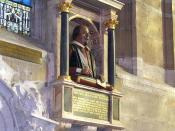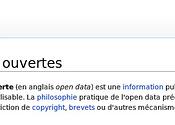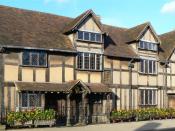Sonnet 116
Shakespeare expresses ideas through the language and imagery in sonnet 162. It uses a variety of rhymes, images and tones to present his definition of true love.
The sonnet follows the conventional abab rhyming form, using both full rhymes and half rhymes. Shakespeare employs half rhymes in the sonnet to express the value of love. Half rhymes are used for "love...remove" to show the incompleteness of love when there is an "alteration". The last pair of half rhymes, "proved...loved" emphasises the challenge that Shakespeare puts forward, asking if his definitions of love can be proven wrong, all which he has written is false. Another rhyme used is "shaken... taken". This is a feminine rhyme because the accent is on the last syllable. It suits the word "shaken" because it further enhances the instability of the word.
One of the main images of the sonnet is that of sailing and journeys.
These images are all elements of Shakespeare's definition of love. There are the "tempests" which although are part of love, do not affect it. There is also the "star" which leads the "wandering bark", a metaphor for a ship. Love has comparisons with travel and ships, the "alteration" could be a change in the journey of the "wandering bark" but the "ever-fixed mark" is the destination of the journey, the one which the "star" guides the "wandering bark" to. The second group of images are of death and of time and is still associated with love. Love "alters not with his brief hours and weeks", which means that love is remains unaffected by time, but still remains youthful and full of beauty. The image of love as "rosy lips and cheeks" also brings up the image of Cupid or Eros, the Greek god of love. This...


